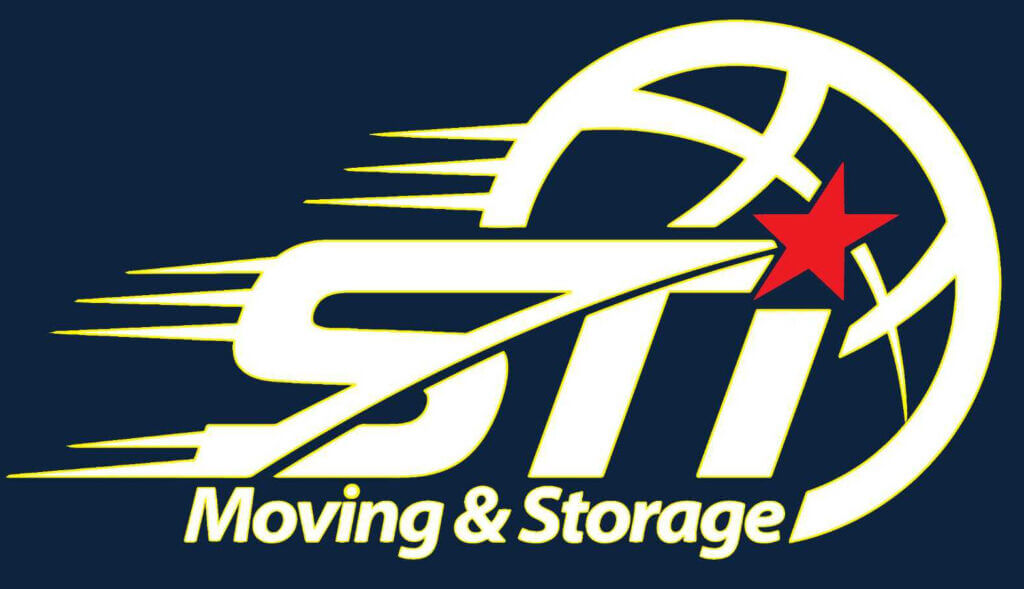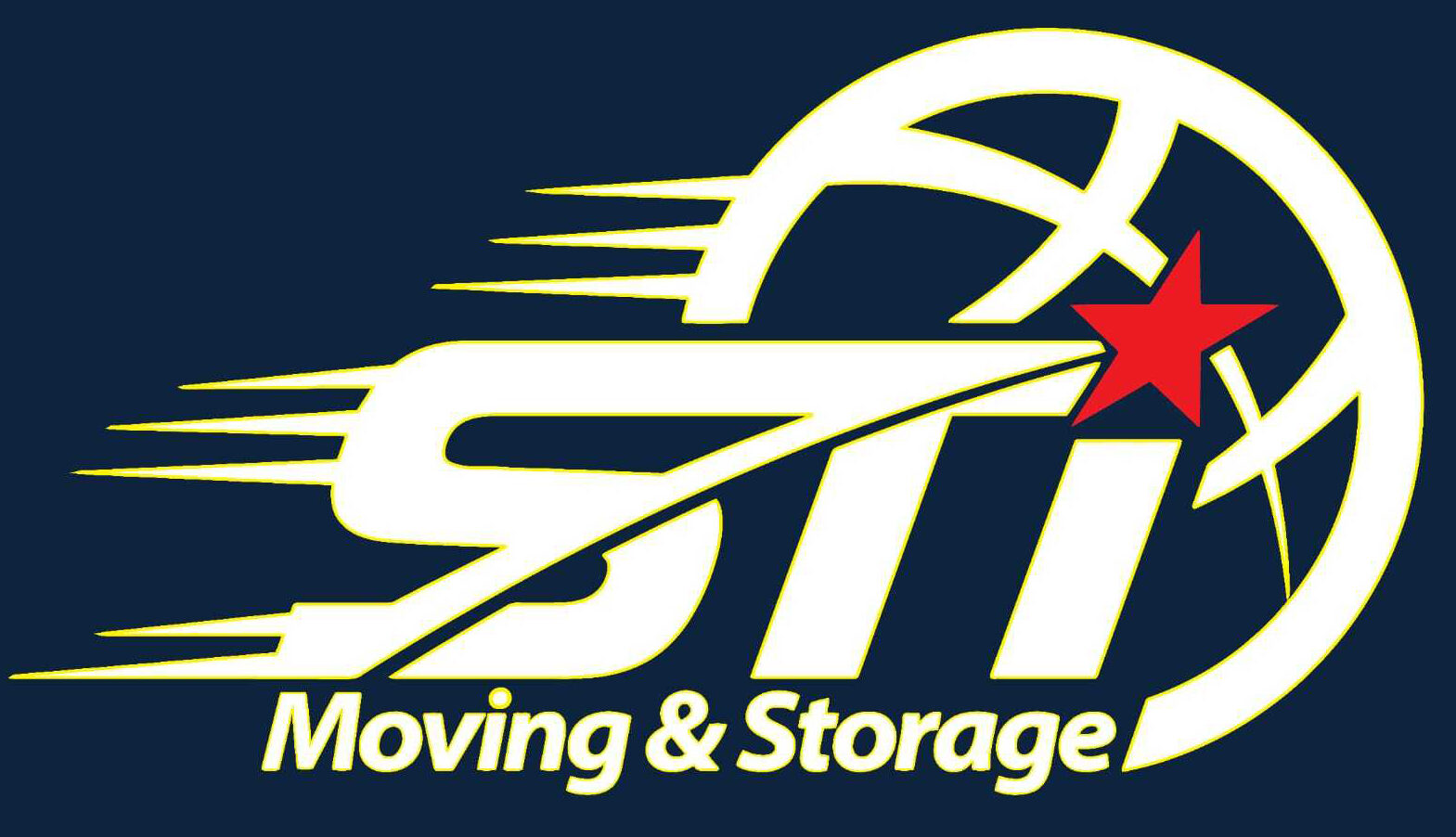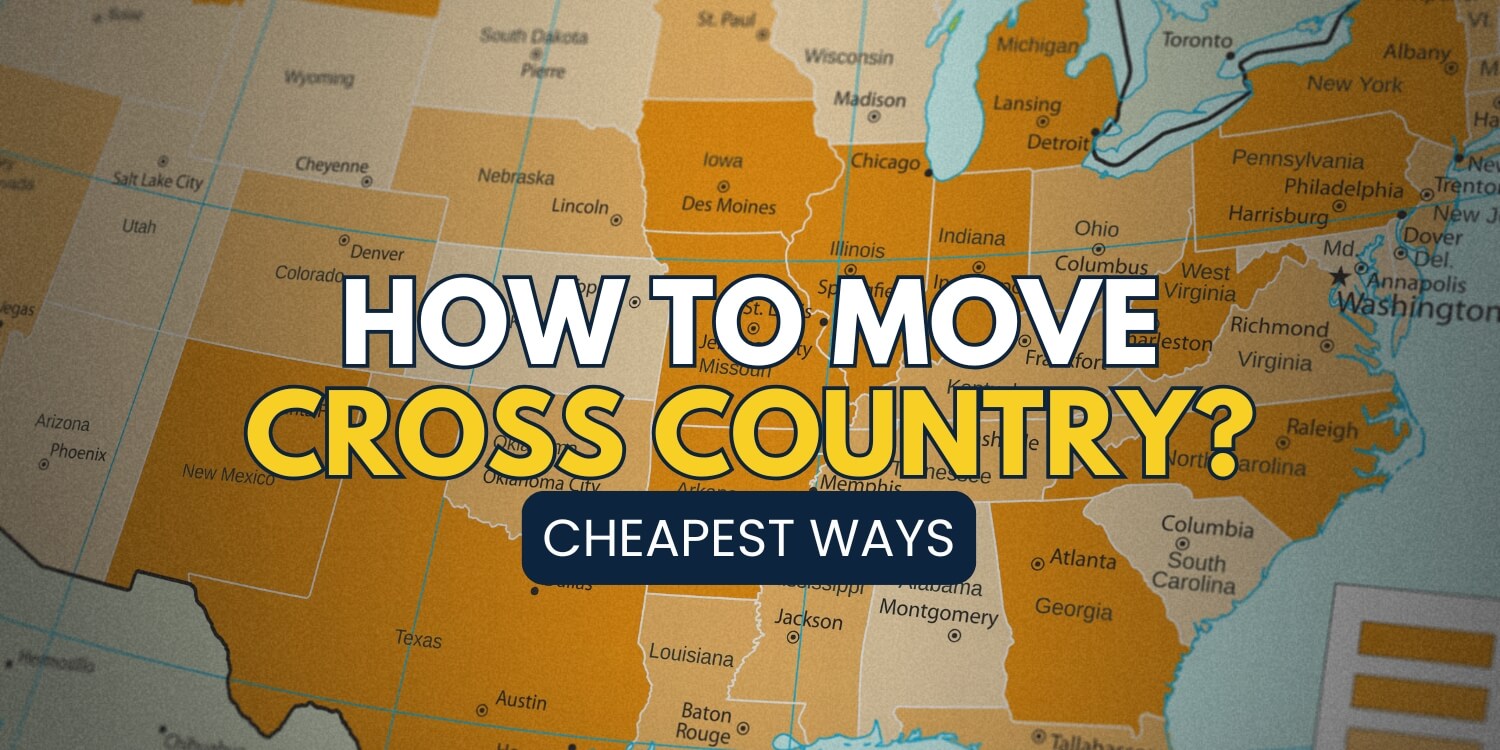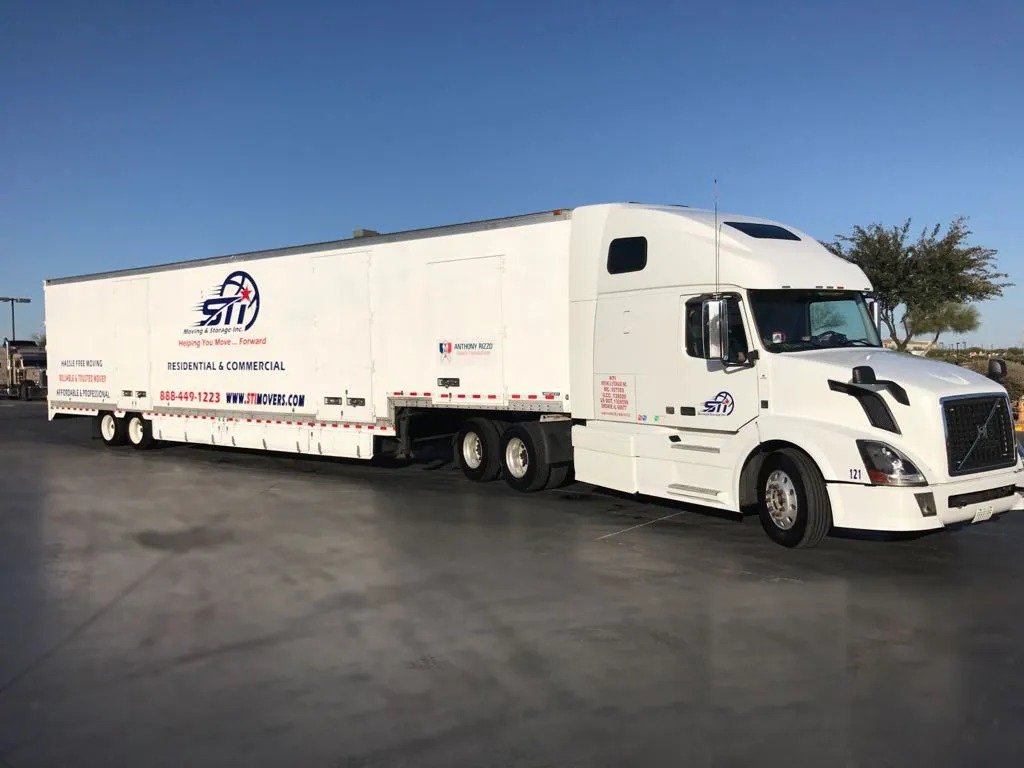Moving across the country can feel overwhelming but with the right planning, it doesn’t have to be stressful or expensive. This short and simple guide will help you understand your options so you can move more smoothly and save money in the process.
The key is to look into all your choices ahead of time. That way, you can find the most affordable option and feel confident that your belongings will be safe during the move. No matter why you’re relocating—maybe for a new job, to be near family or just for a fresh start—you’ll want to stretch your budget as far as it can go so you can settle into your new place with less stress and more excitement.
Planning & Preparation: Getting Ready Before the Big Move
As soon as you know you’re moving, it’s smart to start planning early—before you even start packing. If you want to move cross-country without spending too much, a little organization goes a long way.
Start by writing down every step you need to take and when it needs to be done. Don’t forget small but important tasks, like canceling utilities at your current place and setting them up at your new home or transferring your prescriptions to a pharmacy near your new address.
Create a cross-country moving checklist to stay on track and keep everything in one place, like a moving binder. Make sure everyone in the family knows where it is. Use it to store important papers, receipts and anything else you don’t want to lose in the moving mess.
Declutter & Pack Smart: Lighten the Load Before You Move
Packing for a cross-country move is a lot easier when you have a plan. Start by sorting everything into three simple groups: Take With You, Throw Away and Sell or Donate. This step might be tough—especially if you’re attached to your stuff or tend to think everything might come in handy someday—but getting organized now will make moving much less stressful.
Only keep what you really need – Letting go of your belongings isn’t easy, especially with a big move coming up. But if you want to save money on your cross-country move, you need to be honest about what’s worth keeping. Ask yourself, do you really need that old, worn-out chair you’ve had for years or could you just buy a new one after you move? The less you take, the lower your moving costs—and that can mean saving hundreds or even thousands of dollars.
Sell large or bulky items – The bigger the item, the more it costs to move. In many cases, it’s cheaper to sell heavy furniture and buy new pieces later. Websites like Craigslist or Facebook Marketplace are great places to sell what you don’t need. Just don’t wait until the last minute—selling early gives you more time to get a decent price instead of accepting low offers, dumping stuff or dragging it with you across the country.
Give away or donate the rest – If you have things that don’t sell, consider donating them to a local charity, giving them to friends or family, or posting them as free online. There are tons of Facebook groups and websites where people are happy to take things off your hands. You’ll be surprised how much you can give away—and the less you move, the easier and cheaper your move will be.
Picking the Right Moving Option for You
When it comes to moving across the country, you’ve got three main choices:
- Hire a professional moving company
- Use a moving container service
- Do it yourself (DIY)
The right option really depends on how much money you want to spend, how much time you have and how involved you want to be in the moving process.
- Hiring professional movers – This is the easiest but most expensive route. A moving company takes care of most of the hard work including loading & unloading, transporting, and even packing and unpacking if you want. It’s a big relief when you’re dealing with a lot but it does come with a higher price tag.
- Using a moving container – This is a more flexible option. A company drops off a storage container at your home and you load it up on your own schedule. Once you’re done, they pick it up and deliver it to your new place. It gives you time and control while avoiding the hassle of driving a moving truck.
- Doing it yourself (DIY) – This is usually the cheapest choice money-wise, but it’s the most work. You’ll be responsible for everything—packing, lifting, driving and unloading. While it may save you cash, it can also be exhausting and stressful, especially if things don’t go as planned.
Trusting strangers with all your belongings is a big deal. That’s why it’s so important to do some research before picking a cross-country moving company. Taking time to look into your options gives you peace of mind and lowers the chance of anything happening to your stuff. Recommendations from friends or family who’ve recently moved can be really helpful, so ask around and see who they suggest.
Learn as much as you can about different long-distance movers before you even ask for a price. This includes checking out online reviews and comparing their rates. Keep your options open and get a few quotes—chances are, you’ll find a better deal than the first one that comes your way.
Hiring a company that offers packing services can save you a lot of time and energy—but it will cost extra. If your budget allows, it’s definitely worth thinking about, since it can make your move much easier. Your main focus should be keeping your valuable items safe, so don’t hesitate to ask the companies you’re considering how they plan to protect your belongings.
It’s also important to go with a well-established company. The longer they’ve been around, the more experience they’ve had to improve what they do. Working with a company that knows the ins and outs of moving can help you get the best service possible.
Moving Day & After: The Final Steps
Get ready for moving day and heading to your new home. Wake up early and make sure everything you’re taking with you is packed in the car. Keep a separate box of essentials to carry along until the rest of your stuff arrives. This box should have at least a week’s worth of clothes, kids’ toys, any medications, a first-aid kit, toiletries and other personal items you’ll need right away.
When your things arrive at your new place, start by putting each box in the room it belongs to. If you labeled your boxes, it’ll be easy to know what to open first. As much as you might want to unpack all over the house, focus on one room at a time. Start with the most important space—maybe your kids’ bedroom, the kitchen or the living room—and fully set that up before moving to the next.
Settling In & Making It Feel Like Home
Now that you’ve reached your new house, it’s time to turn it into a place that truly feels like home. Before you start unpacking, you might want to paint the walls to add your personal touch. Once your furniture is in place, you can decorate the space to reflect your style.
Take some time to explore your new neighborhood. Look for the nearest park where you can walk your dog or take your kids to play. Find out where the local pizza shop or ice cream place is—it’s a fun way to settle in and feel more at home.
To make your move smoother and less stressful, you can count on STI Moving & Storage to move your belongings. We’ve handled close to a million successful moves across the U.S. in the last 14 years. With more than 21+ years of experience, we’re a top choice for cross-country moves. No matter where you are, we’re always close by. Give us a call for a custom quote or to learn more about our moving services.
Frequently Asked Questions
Do I need to hire movers for a cross-country move?
That depends on your budget and what you need. Hiring professional movers can take a lot of the pressure off and make the process easier, especially since you’ll have other things to focus on—like helping your family settle in.
How do I find a reliable moving company?
Choose a company with lots of experience in cross-country or long-distance moves. Read customer reviews and testimonials. Check their history with the Better Business Bureau to see if any complaints have been made. Also, ask friends or family if they’ve had good experiences with any movers.
When should I start planning my move?
Start as soon as you know you’re moving. Ideally, give yourself two to three months to get everything organized. Create a plan with a timeline, especially if you have any firm deadlines to meet.
What does a cross-country move usually cost?
The price depends on a few things—how much stuff you’re moving, how far it has to go and what type of moving service you choose. You can request a quote from STI to see how much your move might cost based on your needs.
How can I keep my fragile items safe during the move?
Pack each fragile item carefully using bubble wrap or moving blankets. Make sure boxes are full so nothing shifts inside. Label all fragile boxes clearly so movers handle them with care. The best way to protect your items is to hire experienced movers who know how to pack and move things safely.



